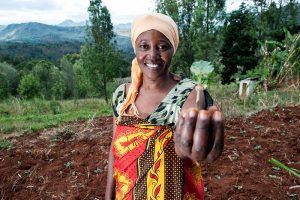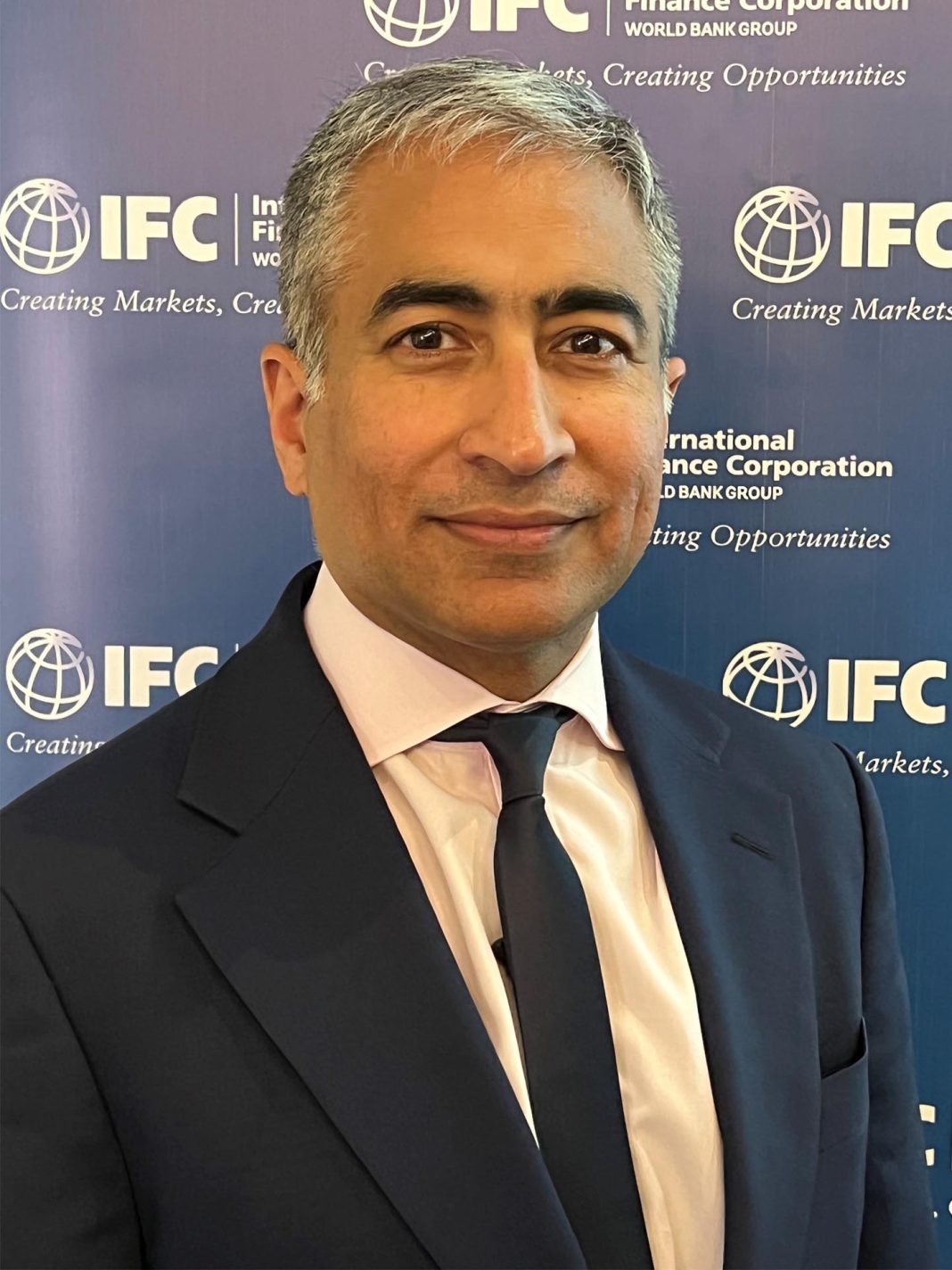By Louise Muth
The impacts of the climate crisis are rapidly intensifying, as evidenced by this summer’s deadly heatwaves. Beyond slowing the pace of global warming, we must also protect our communities and adapt to living in a changing climate. Just the same way that an individual who buys a house needs to check and prepare for flooding and other extreme weather events, national economies must also act to adapt to rising temperatures. Adaptation is a significant priority for emerging markets, which are far less equipped.
As the first stop on our #JourneyToCOP27 campaign, we interviewed Anup Jagwani, a climate business manager at IFC, to get his take on why it’s time to scale up private financing for adaptation – and why IFC is reviewing its projects for adaptation and resilience.
Q: What is adaptation?
A: We cannot avoid some repercussions of global warming. So we need to proactively adapt. Climate change adaptation means adjusting to a world with more frequent extreme weather events. Resilience means being able to withstand climate impacts. Both are different from mitigation, which attempts to reduce greenhouse gas emissions to slow down climate change.
Depending on where we live, the effects of climate change differ. They include rising temperatures, fires and droughts, as well as flooding and hurricanes. They affect our food, water, natural resources, and the conditions in which we live and work. The solutions for adapting to our evolving climate also vary from place to place. Adaptation solutions can include building more resilient infrastructure, improving rainwater harvesting, or using more drought and pest-resistant seeds. Unfortunately, many developing countries have limited capacity and financial resources to do these things.
Q: Why is adaptation so essential right now?
A: Growing the pie of investments in adaptation is vital because not enough resources are being invested to counter the negative impact of climate change.
Spending now on adaptation measures can help businesses avert current and future losses. Some examples include moving a data center away from a frequently flooded area, developing a plan to minimize lost working hours during a disaster, or adhering to stricter building codes. These measures can translate into significant future savings. On the other hand, not investing in adaptation can cost companies more money because of rising insurance costs or damage repairs. So, it also makes sense that shareholders want businesses to transparently disclose all these risks and measures.
Communities and livelihoods, too, will suffer as temperatures rise. Climate change will set further back into poverty those who are already most vulnerable. Low-income countries have contributed the least to climate change but are likely to face the most impact. That is why adaptation is indispensable for IFC and the World Bank Group’s mission to eradicate global poverty and boost shared prosperity.
But we also have new opportunities. Our scientific understanding of climate change and its impacts has improved. We are better equipped today to predict climate patterns and identify the key drivers and potential solutions. Now is the time to act.

Q: What role does the private sector play?
A: Investments in adaptation represent less than 10% of all climate finance. Increasing private adaptation finance will be crucial, both for managing their own climate risk and for filling the gap in public funding.
To date, however, the private sector’s role has been limited for several reasons. There is a deficiency of resources to help companies understand their climate risk exposure and the opportunities that arise with adaptation measures. There also needs to be enough government guidance to identify priorities and public policies to incentivize private companies to get involved.
The Paris Agreement calls on countries to implement National Adaptation Plans (NAPs), which are designed to protect economies through both public and private sector action. Governments can create needs assessments, provide policy frameworks and early investments, and enable the private sector to follow. Private companies and investors can then provide financing to make projects more resilient across industries.
Q: What is IFC committed to doing in this space?
A: IFC is working to create bankable investment opportunities to both finance public goods – such as water distribution – and to protect private assets, such as buildings or equipment.
IFC is doing both – working with clients to protect themselves and building country-level resilience. For example, IFC’s new Building Resilience Index helps green building developers to evaluate climate risks and identify steps to address them. IFC is also developing new financial instruments, such as sustainability-linked loans, to help municipalities prevent water losses. We also developed an internal tool to identify climate hazards in any given location, and an approach to help governments identify and prioritize infrastructure investments and potential private sector participation.
As part of the Paris Alignment commitment, we pledged to screen every project for physical climate risk and building our clients’ capabilities to adapt. As of 2025, all new projects will be assessed for physical climate risks.

Q: What does the future look like for IFC’s adaptation work?
A: Under the World Bank Group’s Climate Change Action Plan, at least 50%* of all climate finance will support adaptation. IFC is also working to increase its proportion of adaptation finance, and a more significant proportion of IFC’s projects are expected to have adaptation finance components. Still, we need to recognize that the actual investment number in adaptation finance alone is not necessarily the best indicator of the extent of the impact of adaptation financing. Looking forward, we expect to see more opportunities for public-private partnerships, and innovative financial structures that scale up our investments in this area.
*For the International Bank for Reconstruction and Development (IBRD) and the International Development Association (IDA)

































